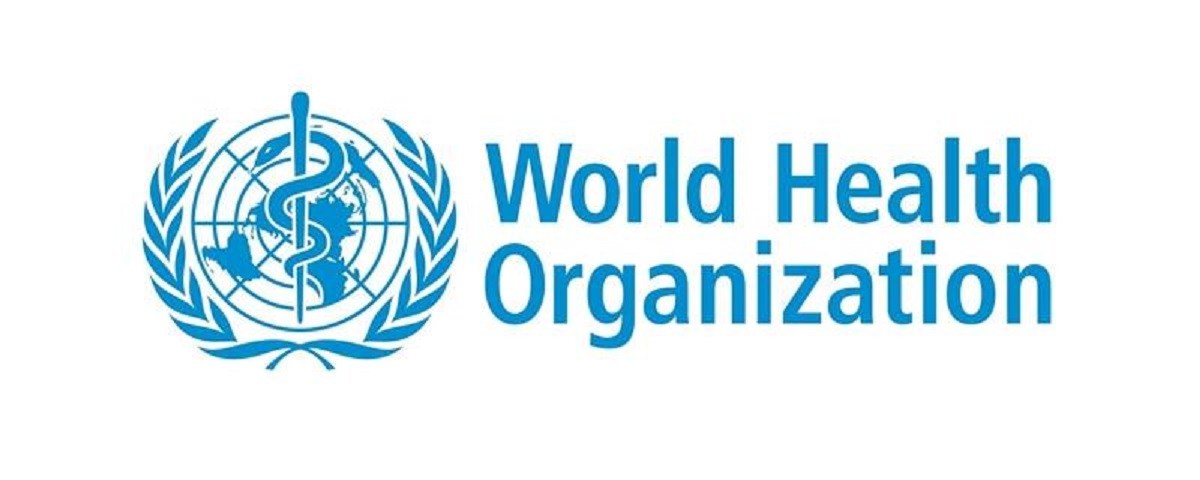WHO launches Global Strategy for Food Safety 2022-2030 for stronger food safety systems, global cooperation
October 18, 2022
The World health organisation (WHO) on Monday launched the Global Strategy for Food Safety 2022-2030, adopted by Member States at the 75th Session of the World Health Assembly – Resolution WHA75(22).
In a statement by the WHO on Monday, the launch marks a milestone in WHO’s work to promote health, keep the world safe and protect the vulnerable.
The updated WHO Global Strategy for Food Safety is a step towards a safer and healthier world, but also towards strengthening multi-sectoral collaboration and innovative public health approaches.
The Global Food Safety Strategy has been developed to guide and support Member States in their efforts to prioritize, plan, implement, monitor and regularly evaluate actions towards the reduction of the burden of foodborne diseases (FBD) by continuously strengthening food safety systems and promoting global cooperation.
The Strategy’s vision is that all people, everywhere, consume safe and healthy food so as to reduce the burden of FBDs. This strategy gives stakeholders the tools they need to strengthen their national food safety systems and collaborate with partners around the world.
This new WHO Global Strategy for Food Safety 2022-2030 addresses current and emerging challenges, incorporates new technologies and includes innovative approaches for strengthening food safety systems.
It also reflects feedback received through a comprehensive consultation process with Member States and governmental institutions, United Nations agencies and other intergovernmental organizations, academic institutions, non-governmental organizations, private sector entities, and individuals working in public health and food safety.
The strategy also sets concrete targets and aims to reduce the burden of foodborne diseases by reducing 40% the number of cases of foodborne diarrheal diseases incidence that affects most the children under 5 and other vulnerable populations. It also has a target of 100% of functional coordination mechanisms to manage foodborne events and enhanced laboratory capacity for foodborne disease surveillance.
The strategy has identified five interlinked and mutually reinforcing strategic priorities with respective strategic objectives. Using the identified five strategic priorities and respective strategic objectives, the strategy aims to build proactive, forward-looking, evidence-based, people-centred, and cost-effective food safety systems with coordinated governance and adequate infrastructures.







